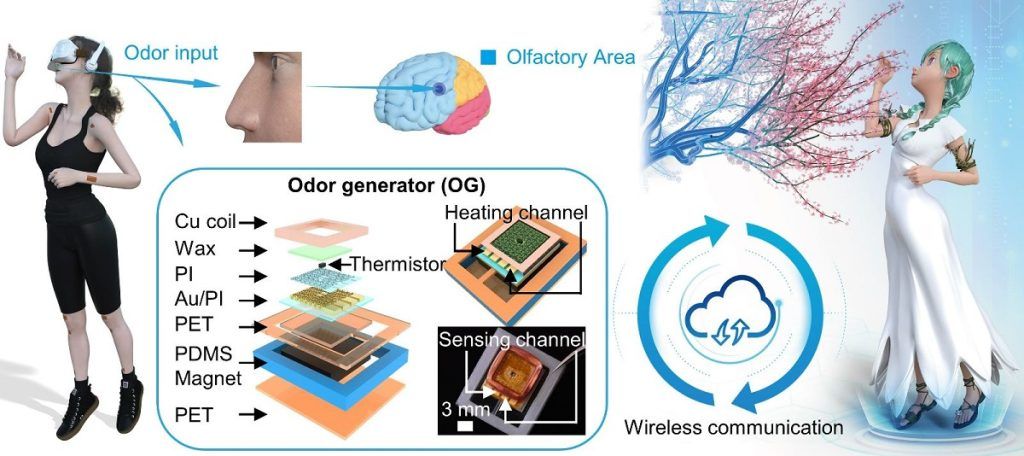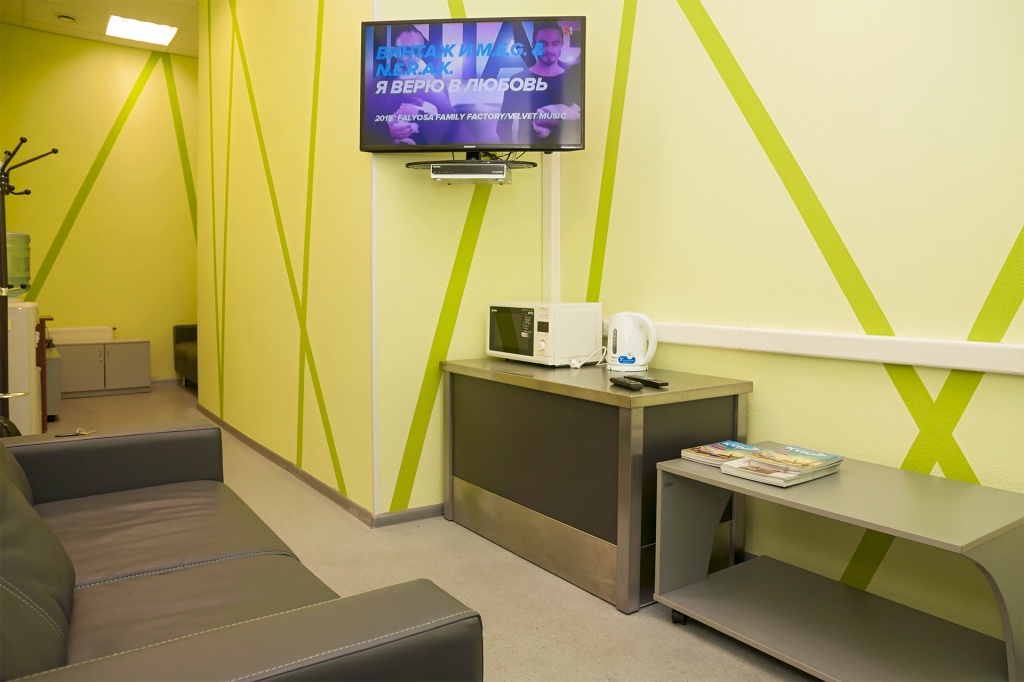Engineers at the City University of Hong Kong, under the guidance of researchers, have developed a compact wireless device for generating scents.
The olfactory feedback system aims to integrate aromas into virtual and augmented reality applications, such as 4D movies, medical devices, and remote learning services. Traditional systems attempting to incorporate smells into virtual environments require separate rooms or bulky equipment. The engineers have designed a wearable system that operates through wireless signals.
The device prototype comes in two configurations, both based on soft, miniature, and lightweight aroma pads. The first variant resembles a small adhesive patch that is applied to the skin above the upper lip. It consists of two scent generators. The advantage of this solution is the extremely short distance and ultra-fast transmission of olfactory signals.
The second design is a flexible facial mask. It incorporates nine scent generators, capable of producing hundreds of different aromas when used collectively.
The principle of operation of odor generators is based on a delicate heating platform and a mechanical thermally driven mechanism. By heating and melting scented paraffin on such a device, various odors of adjustable concentration are released. To stop the emission, it is sufficient to cool the thermally driven mechanism.
Using different types of paraffin wax, researchers have created a total of about 30 different aromas, ranging from herbal rosemary and fruity pineapple to sweet pancakes and pungent durian. In testing with volunteers, researchers have shown that people correctly identify the aromas with an average success rate of 93%.





